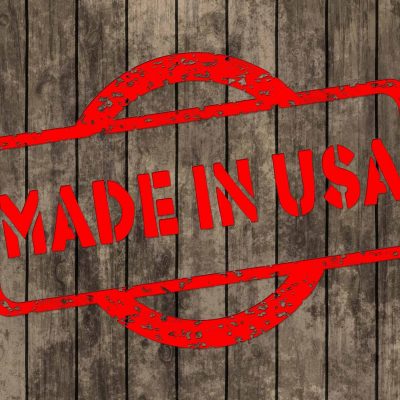Recent events, especially the U.S.-China trade war and the COVID-19 pandemic, have exposed the fragility of global supply chains. Leading up to the current disruptions, companies seeking the lowest labor rates had stretched their supply chains far away from some of their major markets most notably the United States. Many companies took advantage of the low labor rates in parts of Asia. This trend spanned many industries including medical capital equipment. The low cost of labor coupled with the need to be able to address the growing Chinese market made a compelling case to site manufacturing operations in or near China. This trend has by no means reversed, however some of the calculus has changed and many manufacturers are beginning to re-shore at least some of their production to the U.S. While each company is in a unique situation and has its specific reasoning for it, the move to reshoring is being driven by some bigger picture trends.
For many years the trend toward globalization and free trade continued relatively uninterrupted. More recently there have been some significant moves toward “de-globalization.” Significant examples include the British exit from the EU, heightened trade tensions between the U.S. and China in the form of tariffs and the U.S. withdrawal from Trans-Pacific Partnership. The U.S.-China relationship continues to be strained, and in some cases, creates a polarity between the two states as evidenced in the U.S. placing restrictions on the Chinese telecom firm Huawei from access to U.S. semiconductor chip technology. This polarity has been apparent with the U.S. attempt to dissuade key EU countries like Germany from utilizing Huawei for its 5G infrastructure.

The Asian Contradictions
China’s increasingly aggressive stance in foreign relations and its failure to observe universally accepted human rights has exacerbated the real and perceived geo-political risk associated with operating there. China has broken its agreements with respect to Hong Kong and has aggressively cracked down on pro-democracy protestors along with increasing the persecution of ethnic minorities like the Uyghurs. These actions have contradicted the traditional U.S. State Department thinking that increasing trade and economic relations would cause China to open and evolve to a more democratic and free society. This realization along with a more aggressive, expansionist Chinese foreign policy that increases the potential of real conflict has given business leaders pause.
Parts of Asia such as China and South Korea in particular have experienced increased labor costs as a result of an improved standard of living. This has driven U.S. based companies to seek lower labor cost markets such as Vietnam. These lower cost countries may in some cases lack the infrastructure, workforce necessary and can also present more pronounced cultural and language barriers to doing business. Adding increased cost and cost variability of logistics, some U.S. based companies are finding it more advantageous to address the North American market from manufacturing locations in the U.S.
China’s unwillingness to respect intellectual property (IP) rights of foreign firms and increasingly aggressive state sanctioned technology theft have added enough cost and risk to induce some firms to pull manufacturing assets out of China. In some cases, those assets and capacity have been set up in the U.S.
Additional Manufacturing Costs
Many manufacturing firms have also experienced the relatively widespread use of counterfeit raw materials and commercial industrial products produced in China. This has created the need to have materials shipped in to manufacturing operations in China from reliable sources in other countries, adding to overall costs and lead times.
An often-overlooked factor in the increase in reshoring of manufacturing from low cost countries in Asia is the adaptation of lean practices in the supply chain arena. Lean principals applied to procurement tend to drive simplification shortening of supply chains. More companies are adopting a “make where you sell” approach. Because North America remains many firms’ largest market it makes sense that more manufacturing operations are being re shored. Related to the application of lean is a greater emphasis on Total Cost. Landed costs are considered in addition to those cost that are more difficult to quantify such as the cost of additional lead time, communication issues, quality problems, etc.
If there is anything companies have learned from the COVID-19 crisis it is that risk reduction in supply chains is critical. Now more than ever supply chains are being subjected to rigorous risk analysis. The attempt to quantify risk inherent in offshoring has brought to light a lot of the geopolitical, quality, and delivery risk that has always been there.
As the cost and risk continue to rise for U.S. manufacturers with operations in China, labor saving technology has accelerated to further improve the economics of reshoring. Advances in technologies like robotics, unattended machining, additive manufacturing, machine vision and artificial intelligence have allowed North American manufactures to eliminate labor and drive productivity. These advances have afforded COGS reductions for manufacturers without the risk and problems inherent in offshore manufacturing.
As the world continues to de-globalize, the risks and costs associated with offshore production appear set to continue trending upward. Here at home, the rapid improvements in technology also continue; creating the opportunity for more and more North American manufacturers to re-shore their manufacturing capacity to serve their domestic markets.
Keller Technology supports global manufacturers with custom machinery and contract manufacturing services. Are you considering bringing production back to the U.S.? We are ready to help.
